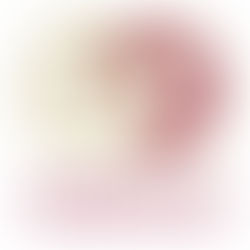Finished pinch pot tests
As part of trying out new clays and ways of decorating I have been working on whole range of different pinch pots. Today the first four have come out of the glaze kiln.
These are three stages in the decorating process:

Left: After second bisque firing which sets the design liner details, which were painted on the white slip over the black colour of the clay. I really, really like the result at this stage - very crisp.
Middle: Trying out applying the clear glaze I mixed myself. I've only partially glazed the pots only covering the bottom of the inside on one pot and pouring the outside of the other leaving unglazed areas there.
Right: Finished glaze fired pots.


Results:
Glaze has little air bubbles where applied too thickly. However, the colours of the design liner details are really nice and crisp where covered by the glaze. There is a pleasant contrast of line quality between the decorations which have been glazed and left unglazed. I don't like the inside unglazed as the surface is too rough and somehow there seems to be quite a lot raised grog on the inside surface. But what I really find disappointing is the colour change of the clay body. It turns and unpleasant brown and isn't a nice black anymore, especially under the glaze. This interferes with the crisp graphic quality of the decoration.
Next step: I will try a different black clay with less grog. Maybe adjusting the firing temperature will also help to keep the blackness of the clay body.
Here are my first two pinch pots applying Islamic inspired patterns:

This time I have not used design liners but Chrysanthos underglazes trying out my new applicator bottles, which are much easier to hold. I have used the same glaze as with the dark above pots. The little one was dipped and the larger one has the glaze on the outside applied by brush only covering the decorated areas leaving the clay body (porcelain white stoneware grog) naked.

Results: The black underglaze has run a bit probably due to the high levels of cobalt oxide contained within. I don't really mind this here but maybe it was due to the thickness of glaze. The glaze brings out the grogged specs in the clay.
Next step: The Islamic patterns are so complicated and precise that they don't lend themselves to freehand drawing. May have to plan them out and transfer the patterns from a template.

















